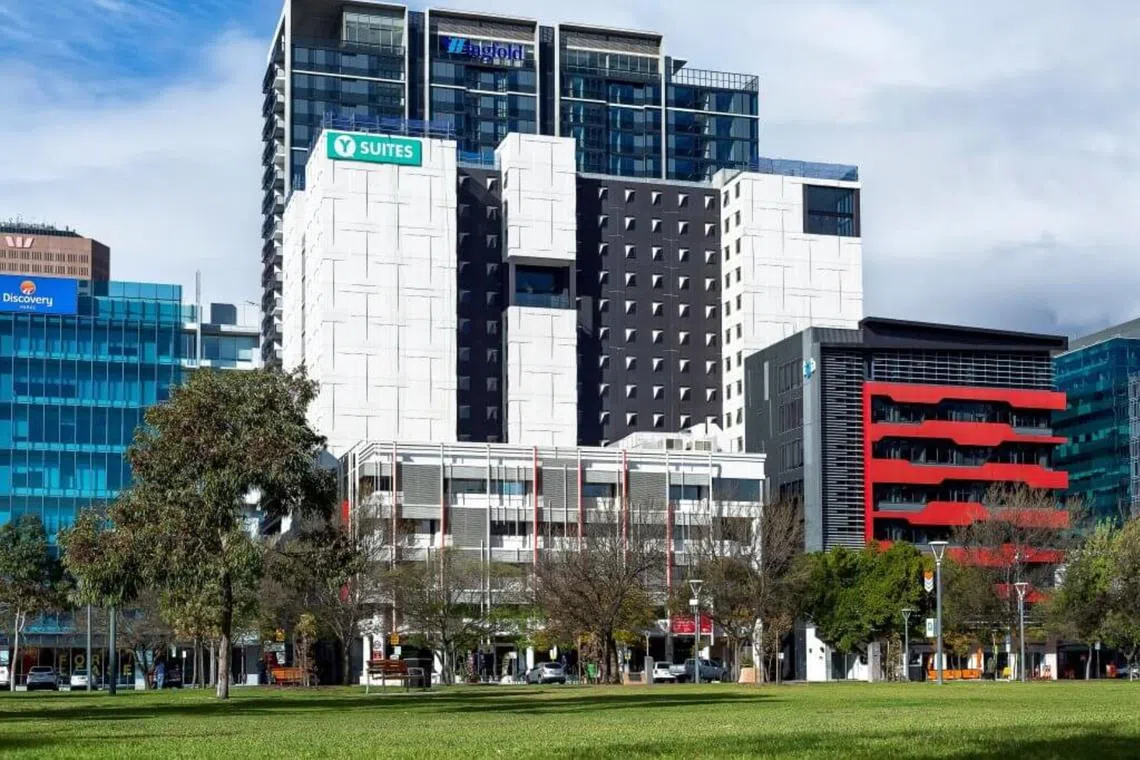Special dividends in store for Wee Hur shareholders after sale of student accommodation assets?
Sign up now: Get ST's newsletters delivered to your inbox

Wee Hur sold its student accommodation assets in December 2024 for A$1.6 billion (S$1.37 billion).
PHOTO: WEE HUR HOLDINGS
Follow topic:
SINGAPORE - PhillipCapital surprised the market on Jan 3 by initiating coverage on Singapore-listed Wee Hur Holdings with a “buy” recommendation and a price target of 62 cents, substantially above the stock’s closing price of 42 cents on Jan 2.
The report caught the market’s attention for asserting the “strong likelihood” that Wee Hur may hand out special dividends following the company’s announcement in December of the sale of its student accommodation assets in Australia
For its stake, Wee Hur will potentially rake in net proceeds amounting to $320 million in cash, pending shareholders’ consent and regulatory approvals. The company, through a subsidiary, will hold a 13 per cent stake in the new ownership, worth A$208 million.
For the first half year to June 2024, Wee Hur reported a net profit of $75 million, with almost $60 million coming from the PBSA joint venture with GIC. For the second half, the company is likely to report similar numbers, and perhaps even a bigger contribution from the joint venture, now that a price has been agreed upon for the sale.
Assuming the second-half profit matches that of the first half, Wee Hur would make a full-year profit of $150 million, giving the stock a price-earnings multiple of 2.6 times.
The final tranche of proceeds from Wee Hur’s sale of a 49.9 per cent stake in its PBSA portfolio to GIC is due sometime in 2025. But now that the entire portfolio has been sold and with the deal expected to be completed by June 2025, an amount of A$19.8 million should be paid to Wee Hur imminently.
At half year in June, Wee Hur had $117 million in cash. If one were to add this to the $320 million from the sale; A$19.8 million for the final tranche of proceeds from GIC; another $20 million to $30 million from the rental of PBSA and workers’ dorm for the second half; and a high-occupancy performance bonus from the PBSA deal with GIC (estimated at over $20 million), Wee Hur could accumulate cash of about $500 million on its balance sheet in 2025.
What can the company do with all this money?
In its Jan 3 report, PhillipCapital said: “Given the group’s track record of declaring special dividends during strong financial performance, we believe there is a strong likelihood that special dividends may be announced.”
How much could the company pay out?
Wee Hur has been conserving cash in recent years to build up its PBSA portfolio. But now that one PBSA portfolio has been sold, members of the controlling family might see it fit to be rewarded.
According to its last annual report, just 34 per cent of Wee Hur shares were in public hands. If so, almost 70 per cent of any dividends paid would go to the controlling shareholders, the Goh family.
If Wee Hur paid out $200 million, it would work out to almost 22 cents per share. This would still leave the company with a cash balance of $300 million.
Going forward, Wee Hur’s income-yielding portfolio would comprise 25,744-bed workers dormitories (at rental of $500 to $600 per bed per month), and two more PBSAs in Australia (one 400-room in operation and one 600-room in development). It also has a 69,604 sq m plot of land in Brisbane, its construction and property development business, and a 13 per cent stake in the new Greystar entity.
Centurion Corp, another company with workers dormitories and student accommodation, on Jan 7 announced that it is looking to place its properties under a real estate investment trust. If Wee Hur follows suit, it could reap at least another $500 million, while the total valuation of the company would be $1 billion.


